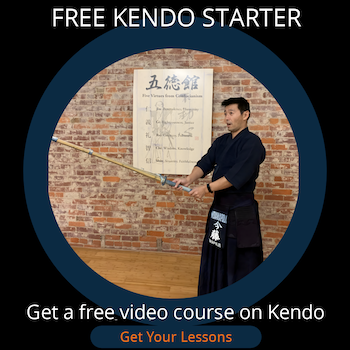Need Kendo Instructions?
You Got It!
You Got It!
An Academic interest.
by Jacob
An Academic interest.
I don't practice kendo personally, mostly because the closest place to learn is a 2 hour drive away. However I do have a large academic interest in kendo and I have started studying various aspects of the art.
That said I felt like posing a question, I've spent a while trying to find how a shoto is used in kendo and I haven't gotten a clear answer.
Is a shoto used like just a short shinai, or is there a separate set of techniques, grip, etc. I would be very appreciative if you could find the time to enlighten me on this subject.
Answer: Thank you for your question. I do not practice with shoto and not specialised in it. But I have used a shoto in jigeiko to see how it would work. All the practical knowledge of shoto or kodachi is from All Japan Kendō Kata. If you want to know for real, I strongly suggest going and seeing people in Japan who are certified by such classical schools as Chūjō ryū or Toda ryū. It is very dangerous to ask around people who don’t really practice such techniques.
Having said that, basically the way you grab kodachi should be the same as how you grab a sword with both hands. You have to extend your arms forward so you can gain more distance from your opponent.
But when you get closer you must not wait and see what your opponent will do. You have to take over and win the distance by physically getting into the distance that is called irimi. Since kodachi is shorter than tachi, kodachi must get closer to his/her opponent.
There are techniques when using kodachi. Basically you cannot block your opponent’s cuts with your kodachi because you are likely to lose. Two hands vs. One hand. Long vs. short. It is obvious.
That is why kodachi/shoto in kata uses such techniques as suri-age, suri-komi and so forth. While doing that you get close to your opponent and execute cuts, thrusts and arm locks.
It was very fun to practice with kodachi because it is totally different from using a normal shinai. I strongly suggest training with people even once a month or two. It makes a big difference.
And if you have not learned the basics in kendō, probably you should not practice. I know you are just interested for an academic reason but I am telling all the readers.
Kendō basics are not just basic movements. Kendō basic cuts are ideal cuts and those are the cuts we must train to master.
Hope this helps.

